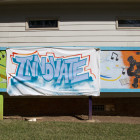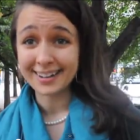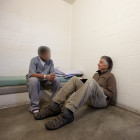
The Whitefoord Approach to Community, Health and Education
|
At a glance it can be hard to see the impact of the breadth of services offered by the Whitefoord Community Program (WCP) on the cluster of Atlanta neighborhoods they serve. The non-profit runs four health clinics in nearby schools, offers child development and pre-K services, after school programs, digital media training, summer reading and math workshops and even a Bike Rite health initiative.
In a time of tight city and state budget, more and more municipalities are looking for ways to deliver services to the communities that need them. In Atlanta, one such program, the WCP, has been in place for years and could prove to be a model for the nation. Through grants and other funding the project has proven sustainable. Through community involvement it has proven useful and effective.
Look a little closer at the project and you’ll see the evolution of a community support system that weaves together family, health and education. What stated with a one-square mile area and a single health clinic in Whitefoord Elementary School on the east side of Atlanta more than 15 years ago has evolved into a system that reaches into a number of communities in that area of the city.
All of these services work in tandem from just about the time the child leaves the womb until he or she graduates high school with one goal in mind: providing the children of this inner-city community with the tools they need to complete their education.
Clarence Jones, director of the WCP's Beyond School Hours program, has been with the organization since shortly after it's founding.
At nine weeks, infants can enroll, space provided, in the WCP’s Child Development program and start gearing up for their formal education. Unlike traditional daycare, this nationally accredited child development program employs HighScope Curriculum, a style of early childhood teaching and learning focused on active participation and educational development.








